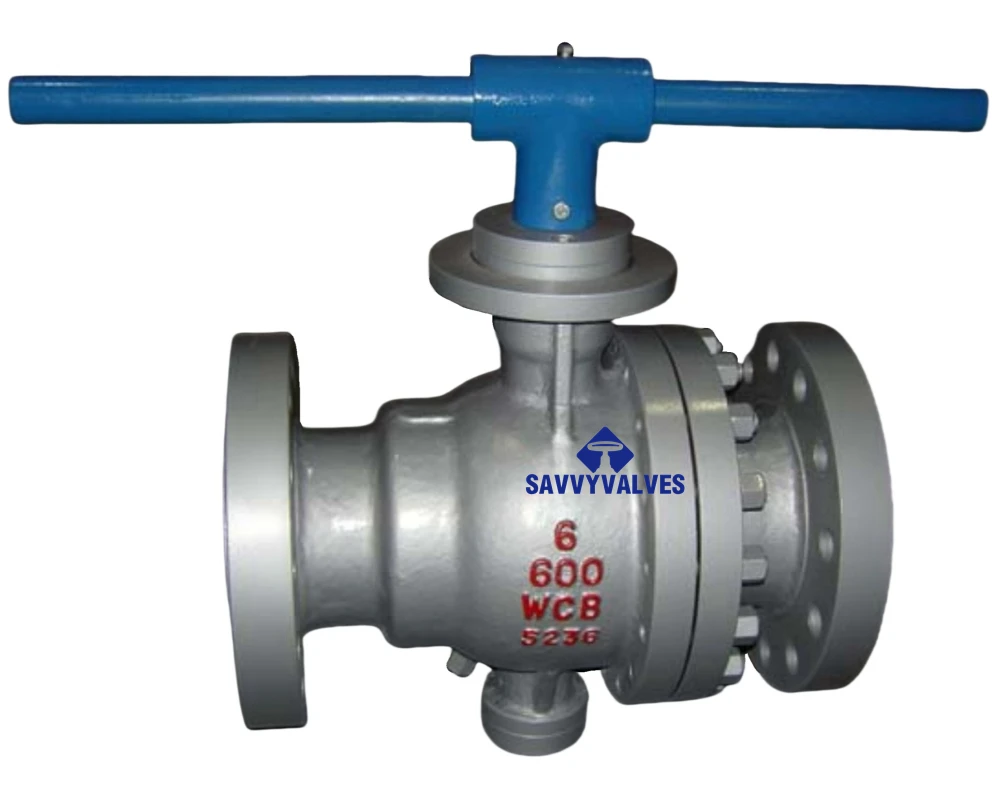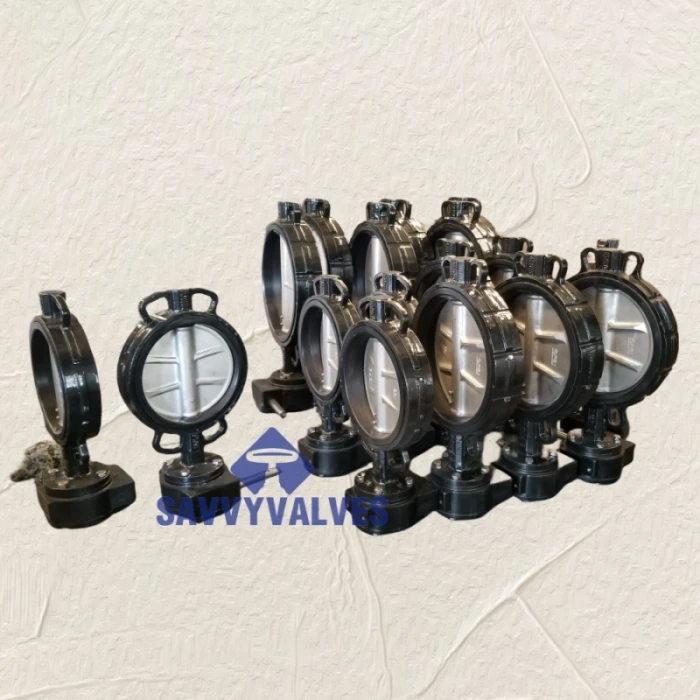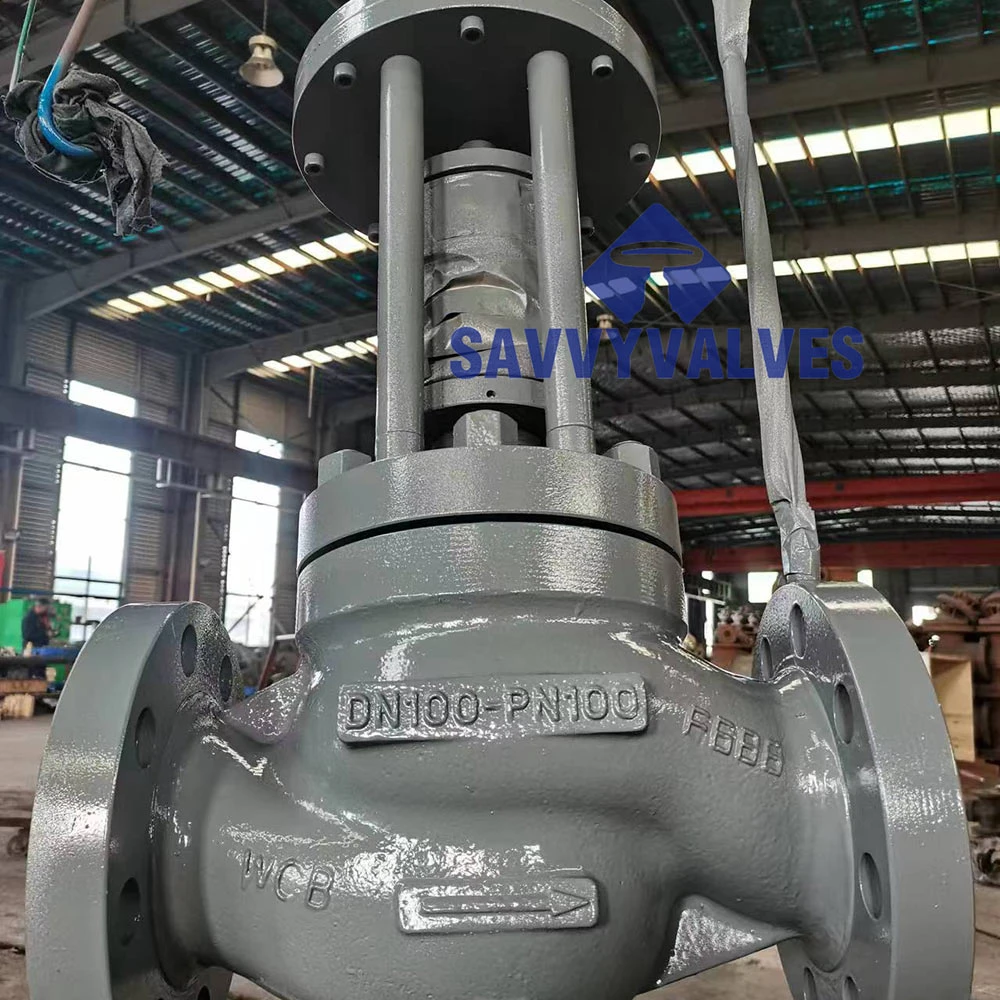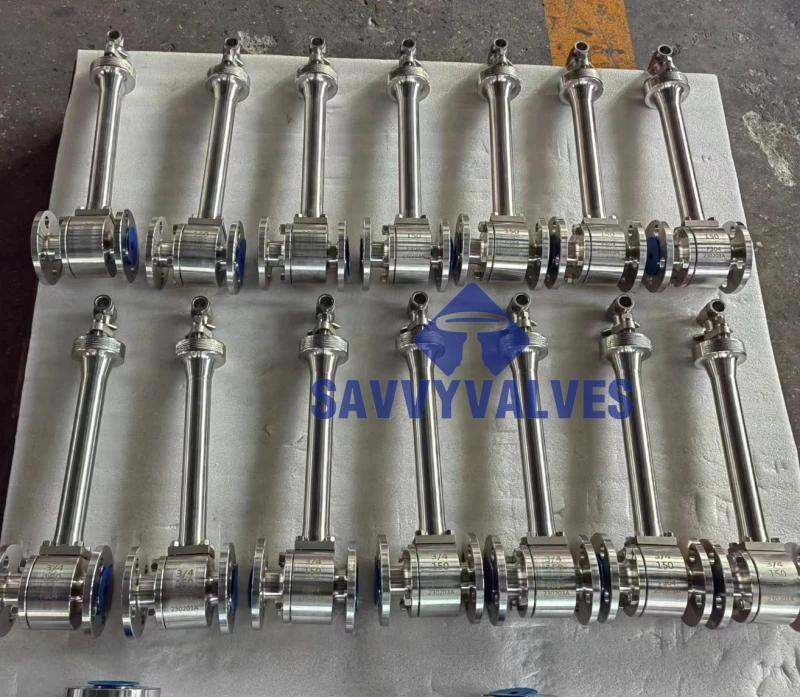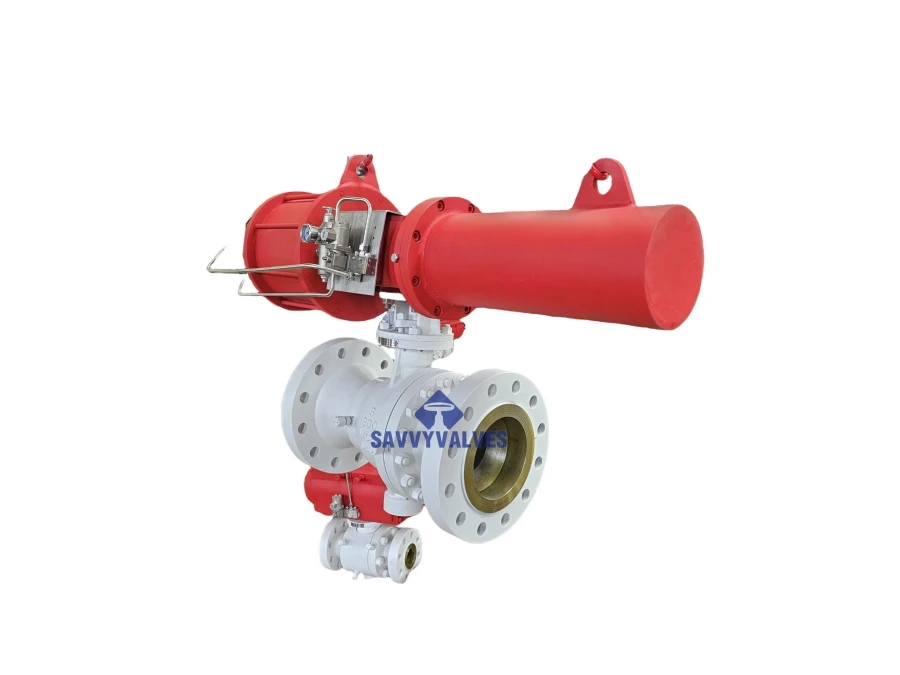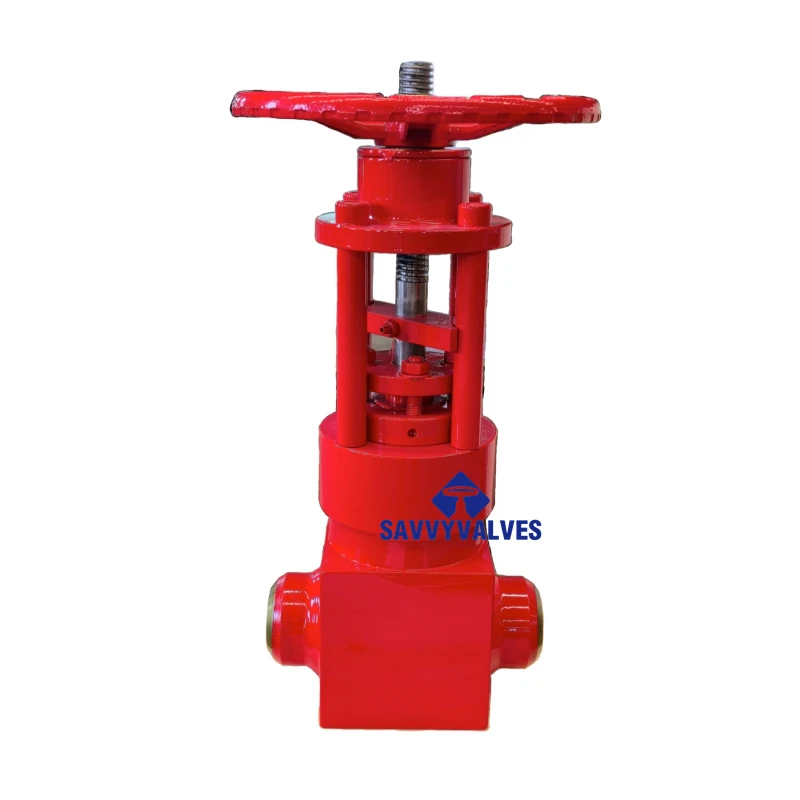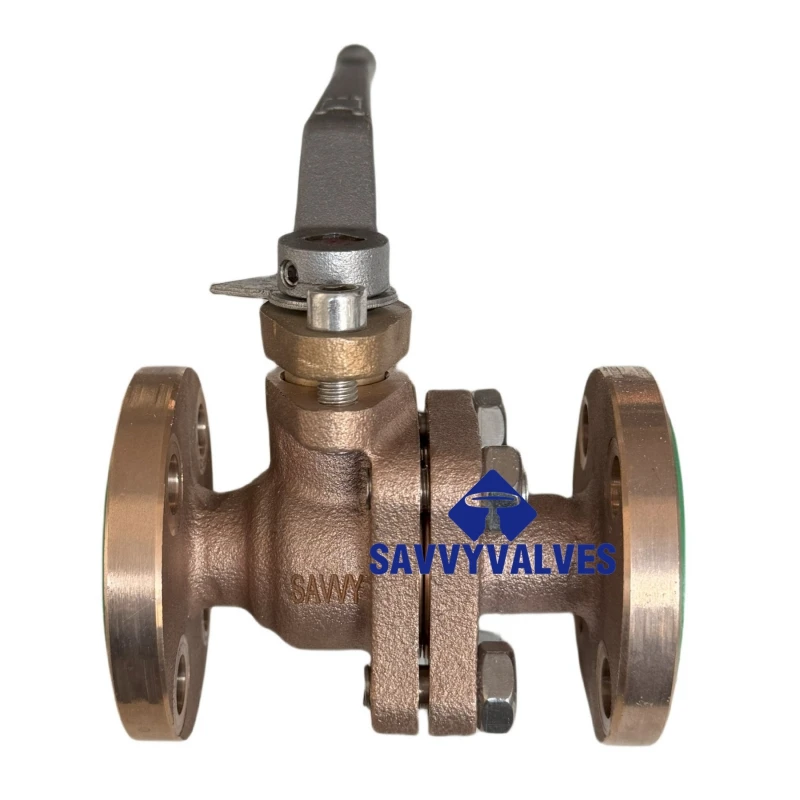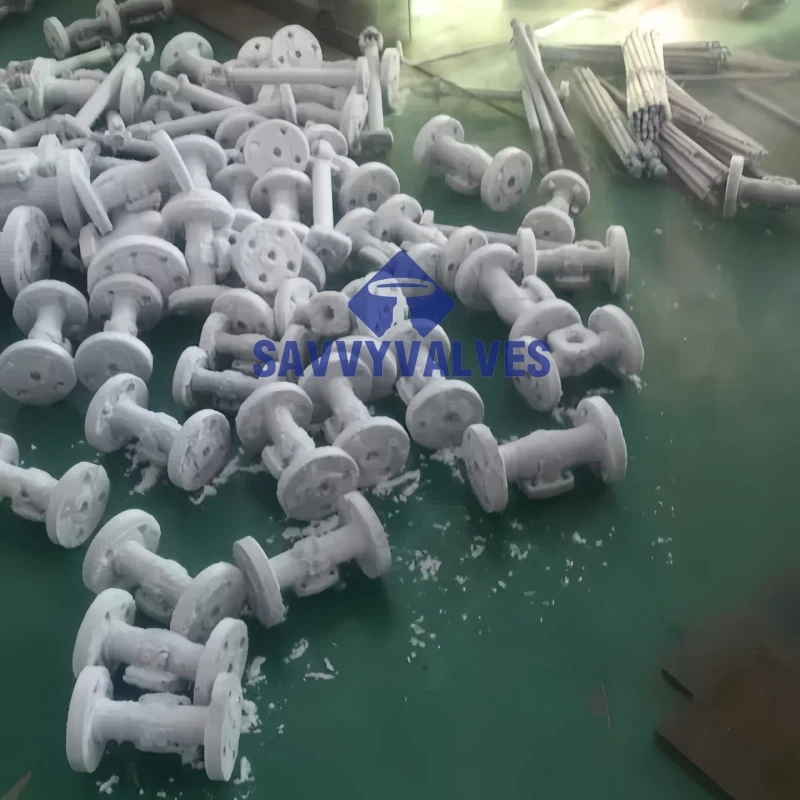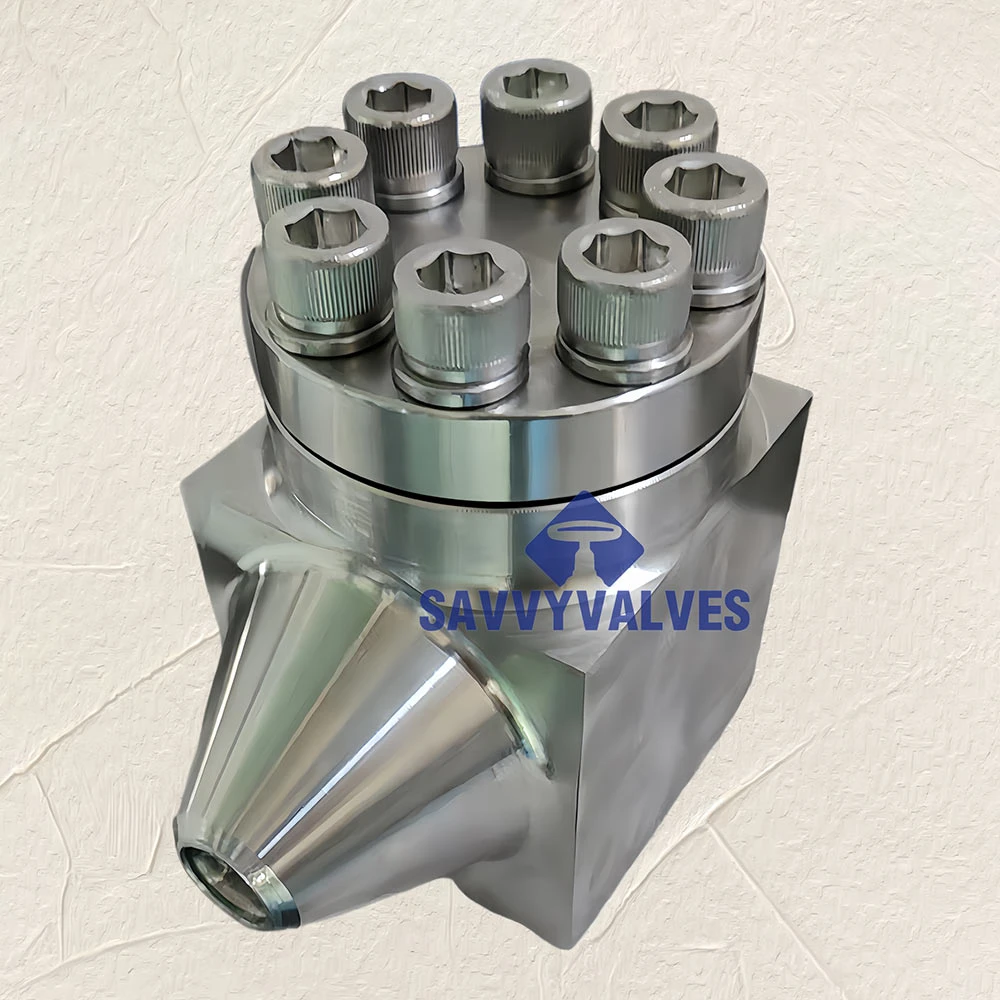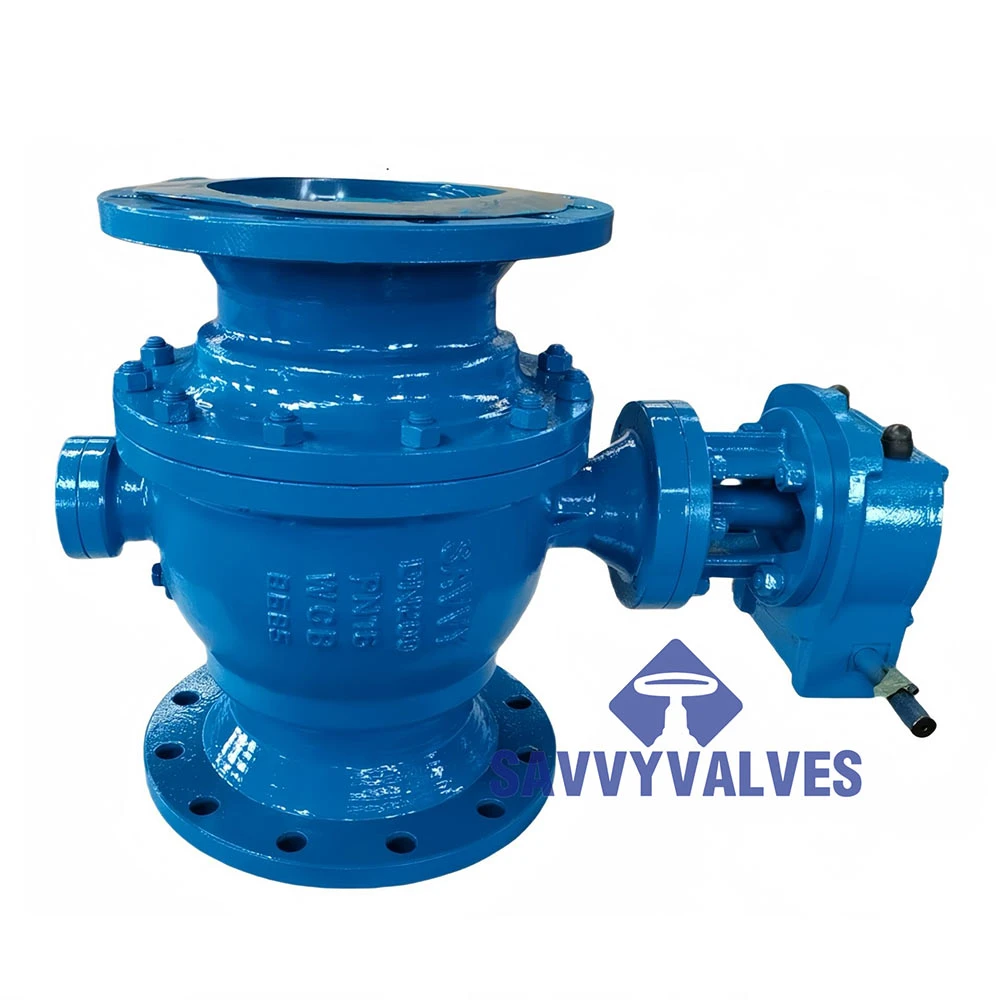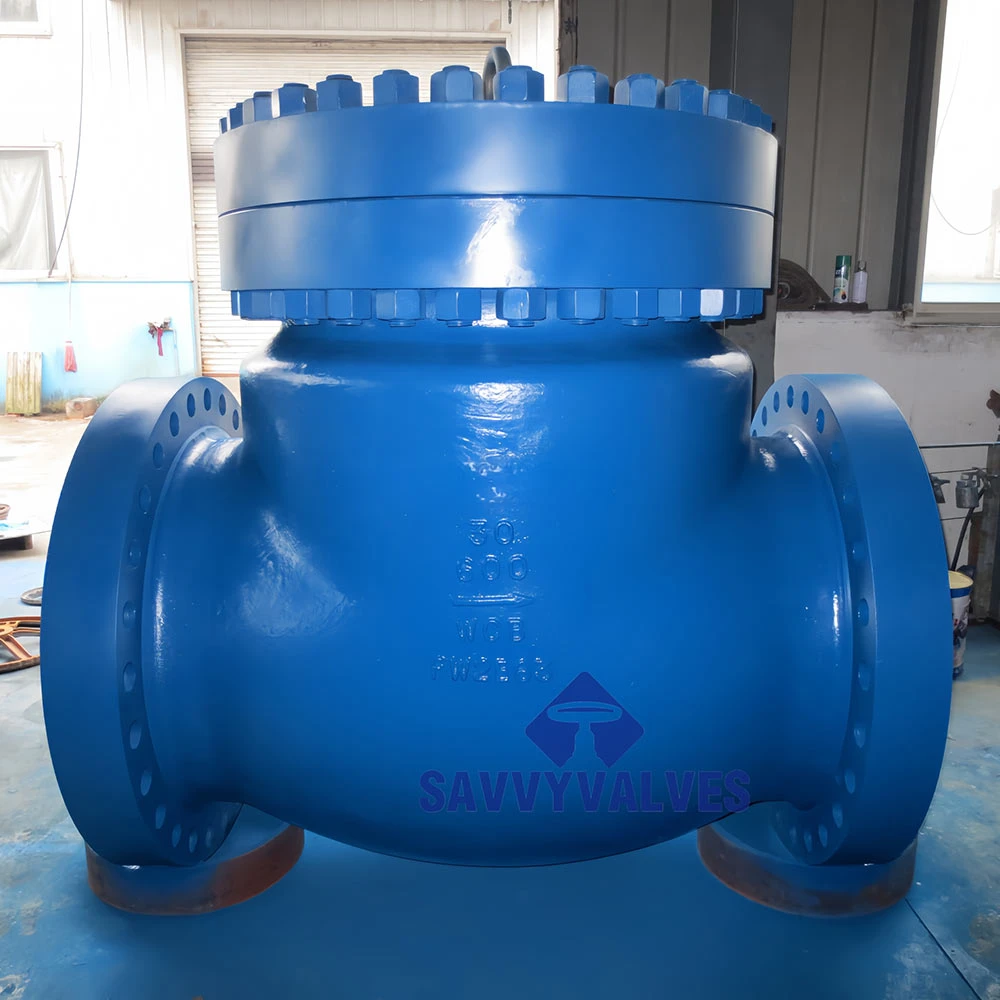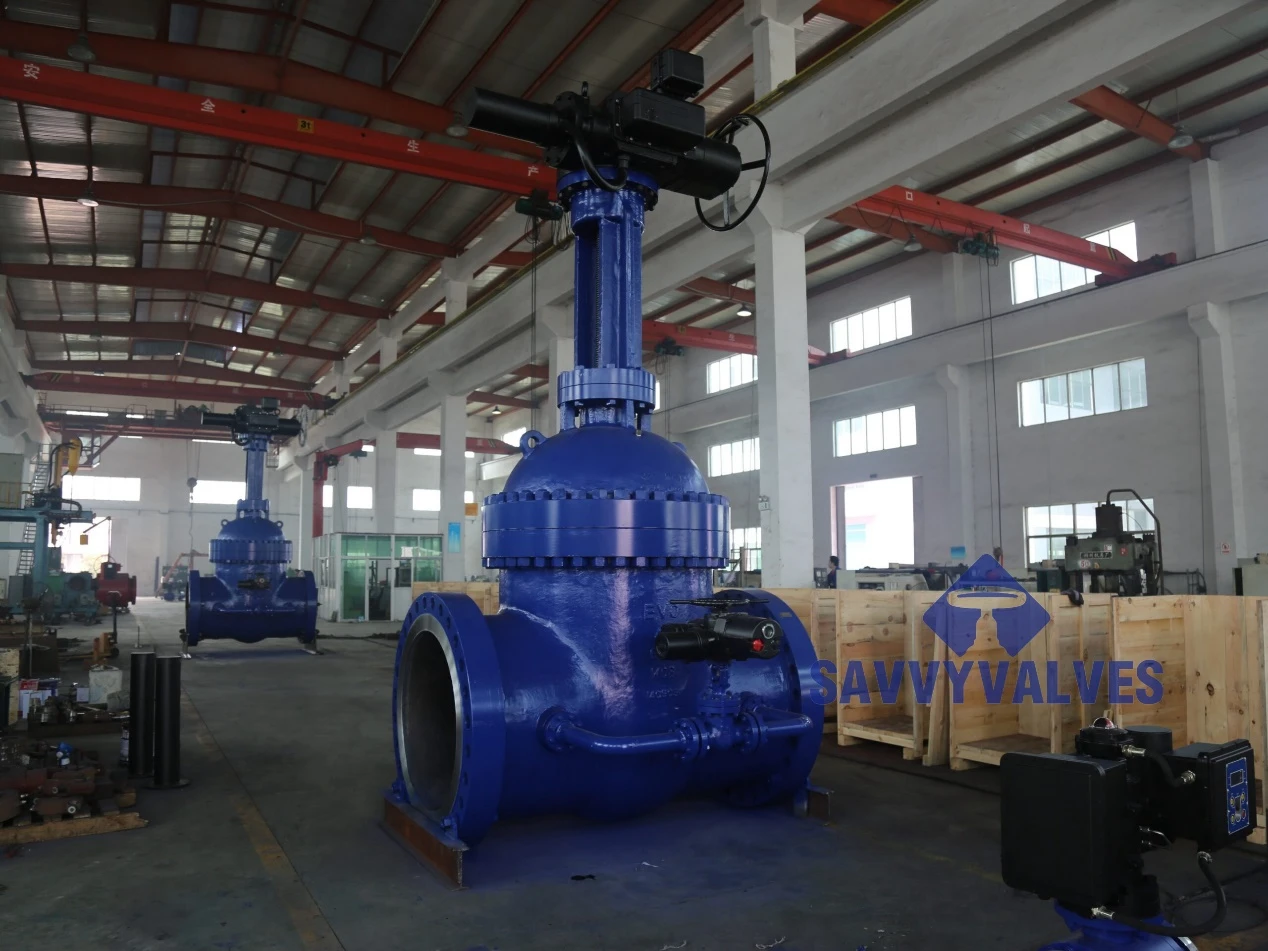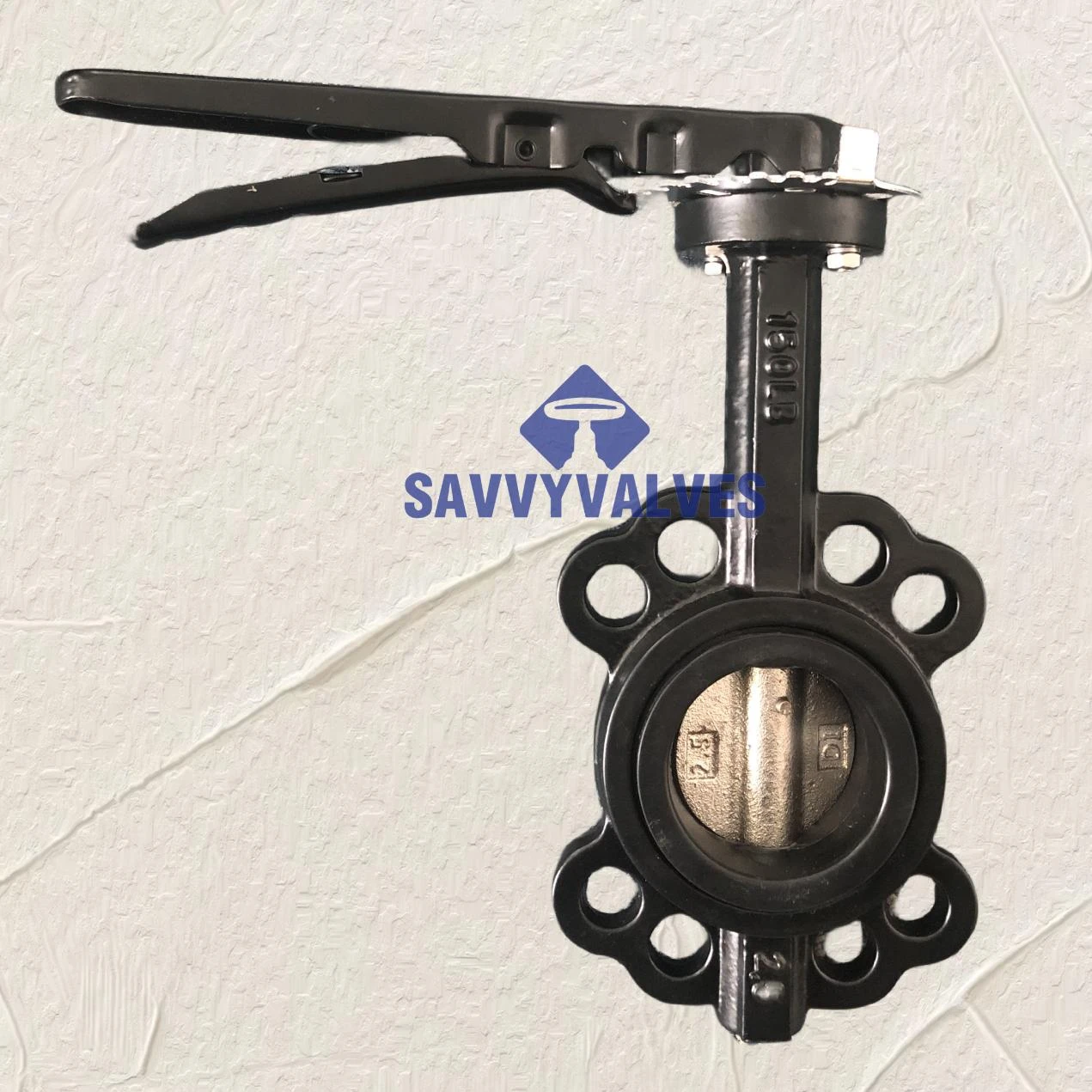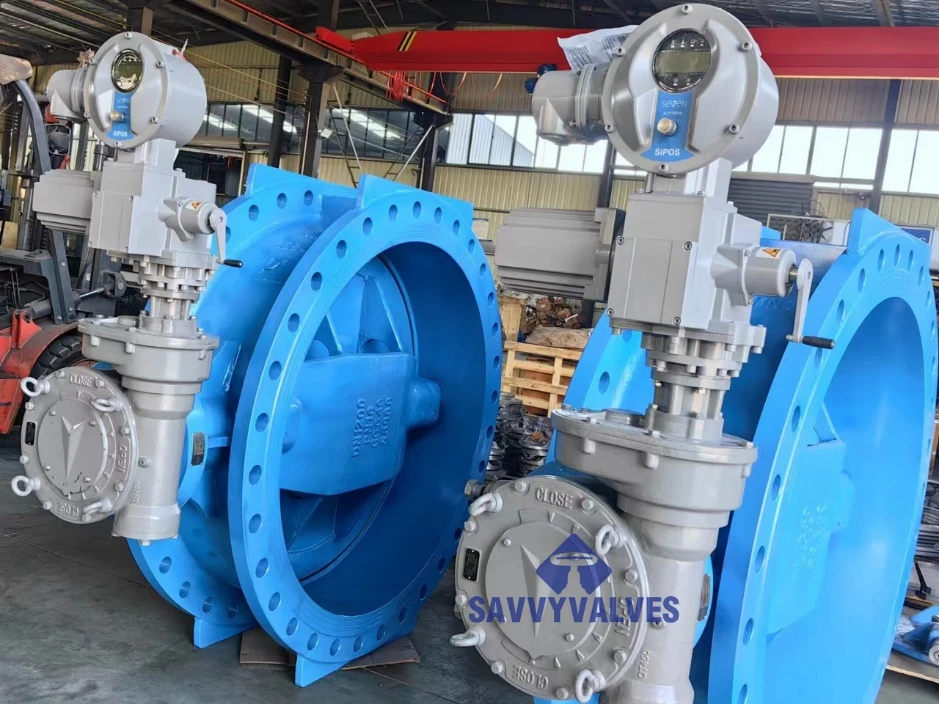In the complex world of industrial fluid management, the reliability and efficiency of every component are paramount. Among these, check valves play a critical role in preventing backflow, protecting sensitive equipment, and maintaining system integrity. As industries demand increasingly robust and high-performance solutions, specialized materials and designs emerge as frontrunners. One such innovation, gaining significant traction in demanding applications, is the C95800 dual disc check valve.
Industry Trends and the Growing Demand for High-Performance Valves
The global industrial valve market is experiencing steady growth, projected to reach over USD 100 billion by 2028, driven by expansion in chemical, oil & gas, power generation, and water treatment sectors. A significant portion of this growth is attributed to the increasing emphasis on operational efficiency, safety, and environmental compliance. This trend necessitates valves that can withstand extreme conditions, including corrosive media, high temperatures, and abrasive fluids, while minimizing energy consumption and maintenance overheads.
Within this landscape, the demand for non-ferrous alloys, particularly high-strength copper alloys like Aluminum Bronze (specifically C95800), is escalating. This is due to their superior resistance to seawater, brackish water, and various chemical attacks, making them indispensable in marine, offshore, desalination, and certain chemical processing applications. According to industry reports, the market for corrosion-resistant valves is set for substantial growth, reflecting a shift towards materials that offer extended service life and reduced lifecycle costs.
Furthermore, the design evolution of check valves leans towards compact, lightweight, and low-pressure drop solutions. Dual disc check valves, with their inherently streamlined design and rapid closure mechanism, align perfectly with these modern industrial requirements, offering distinct advantages over traditional swing or lift check valves in terms of space efficiency, reduced water hammer, and enhanced flow characteristics.
Technical Deep Dive: Understanding the C95800 Dual Disc Check Valve
The C95800 dual disc check valve is a sophisticated engineering solution that combines a highly resistant material with an efficient design principle. Let's explore its core components and technical specifications.
C95800 Material (Nickel Aluminum Bronze)
C95800, also known as ASTM B148 C95800 or UNS C95800, is a nickel aluminum bronze alloy renowned for its exceptional properties. It typically contains approximately 9-11% aluminum, 4-6% nickel, 3-5% iron, and the remainder copper. This specific composition imparts:
- Superior Corrosion Resistance: Especially effective against seawater, brackish water, and many non-oxidizing acids, making it ideal for marine and offshore environments, as well as corrosive chemical process streams. Its resistance to cavitation and erosion is also noteworthy.
- High Strength and Hardness: C95800 offers excellent tensile strength and yield strength, comparable to some stainless steels, allowing it to withstand high pressures and mechanical stresses without deformation.
- Good Wear Resistance: The alloy's inherent hardness and microstructure contribute to its ability to resist wear and galling, prolonging the valve's operational life.
- High Temperature Performance: It maintains its mechanical properties well at elevated temperatures, making it suitable for hot fluid applications.
These material characteristics directly translate into a valve that offers unparalleled durability and reliability in aggressive environments where conventional materials would quickly degrade.
Dual Disc Design Principle
The dual disc, or double door, check valve design features two semicircular discs hinged on a central pin within the valve body. When fluid flows in the desired direction, the discs open, allowing unrestricted passage. Upon flow cessation or reversal, the discs rapidly close, often assisted by torsion springs, to prevent backflow. Key advantages of this design include:
- Reduced Water Hammer: The lightweight discs and spring-assisted closure mechanism enable quick response, significantly minimizing the pressure surges associated with sudden flow stoppage (water hammer).
- Compact Footprint: Its wafer-style or lug-style body design makes it considerably shorter face-to-face than traditional swing check valves, saving valuable space and weight in piping systems.
- Low Pressure Drop: The streamlined flow path and efficient disc opening minimize pressure loss across the valve, contributing to energy savings in pumping systems.
- Versatile Installation: Can be installed in horizontal or vertical pipelines with upward flow.
Key Specifications and Parameters Table
A well-engineered C95800 dual disc check valve adheres to stringent industry standards to ensure performance and interoperability. Below is a table outlining typical product specifications:
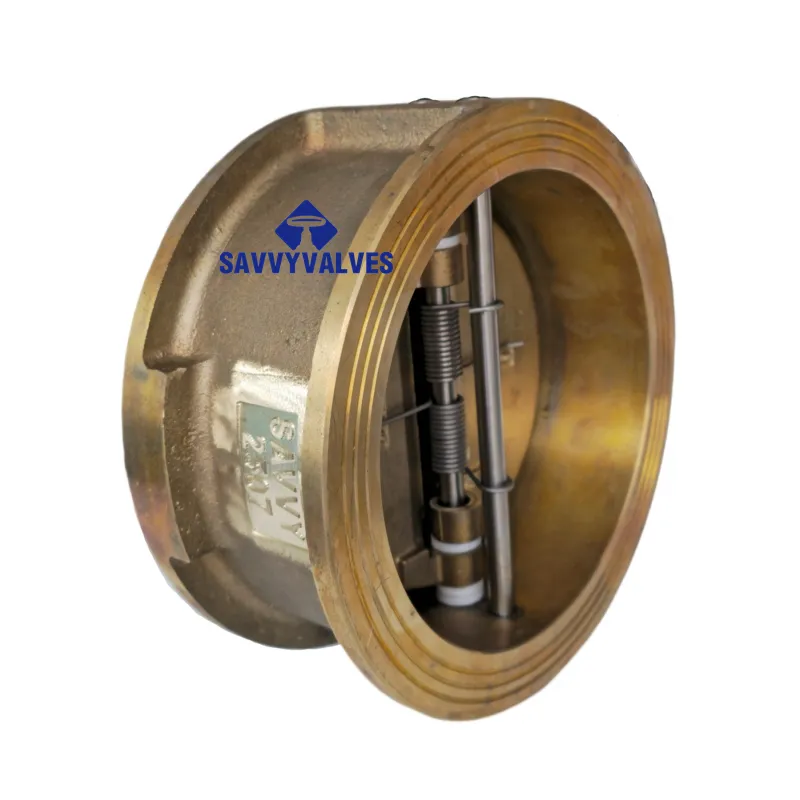
| Parameter | Typical Specification | Description |
|---|---|---|
| Valve Size Range | DN50 - DN1200 (2" - 48") | Covers a broad range of industrial piping dimensions. |
| Pressure Rating | ANSI Class 150, 300, 600 | Suitable for various pressure applications, typically up to 1500 PSI depending on size and temperature. |
| Body Material | ASTM B148 C95800 (Nickel Aluminum Bronze) | Primary material for valve body, offering superior corrosion resistance. |
| Disc Material | ASTM B148 C95800 (or equivalent) | Matching body material for consistent corrosion and wear resistance. |
| Shaft/Pin Material | ASTM B148 C95800, Monel, Duplex Stainless Steel | High-strength, corrosion-resistant materials for critical pivot points. |
| Spring Material | Inconel X-750, SS316, Hastelloy C276 | Chosen for corrosion resistance and spring elasticity in demanding environments. |
| Seat Material | Integral Metal Seat (C95800) or Resilient Seat (Viton, NBR, EPDM) | Provides tight shut-off; metal for high temp, resilient for bubble-tight seal. |
| End Connection | Wafer, Lug, Flanged (ANSI B16.5) | Versatile connection types for easy integration into existing pipe systems. |
| Design Standard | API 594, API 6D | Ensures design integrity and performance according to industry best practices. |
| Face-to-Face Dimension | API 594, ANSI B16.10, ISO 5752 | Standardized dimensions for interchangeability. |
| Inspection & Test Standard | API 598 | Mandatory testing for leakage and pressure integrity. |
| Temperature Range | -29°C to 200°C (-20°F to 392°F) (Material dependent) | Operating limits based on material properties and seating. |
This table demonstrates the meticulous selection of materials and adherence to standards that define a high-quality C95800 dual disc check valve.
Crafting Excellence: The Manufacturing Process of C95800 Dual Disc Check Valves
The production of a high-performance C95800 dual disc check valve is a multi-stage process that emphasizes precision, material integrity, and rigorous quality control. From raw material to final product, each step is critical to ensure the valve meets demanding performance criteria and industry standards such as ISO 9001 and API 6D.
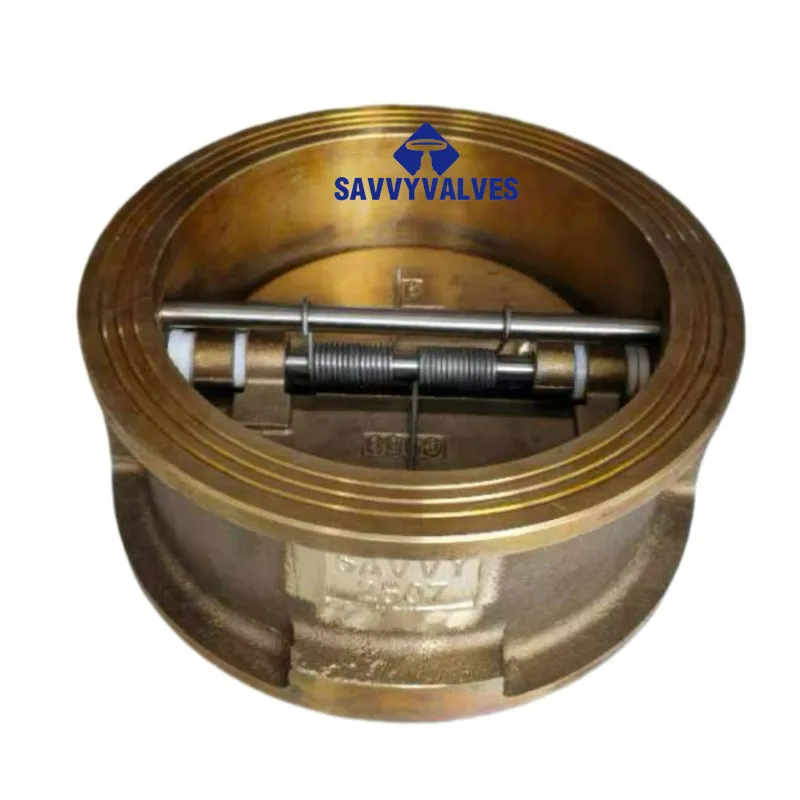
-
Raw Material Procurement & Inspection:
The journey begins with the careful sourcing of C95800 ingot or raw castings from reputable suppliers. Each batch undergoes rigorous chemical composition analysis (Spectroscopy) and mechanical property testing (tensile strength, hardness) to verify compliance with ASTM B148 C95800 standards. This critical first step ensures the foundational material integrity for superior corrosion resistance and strength.
-
Casting or Forging of Valve Body & Discs:
For C95800 valves, precision casting (e.g., sand casting or investment casting) is the predominant method for forming the valve body and discs. Molds are created according to detailed CAD designs, and molten C95800 alloy is poured. Controlled cooling is crucial to achieve the desired microstructure. For smaller, high-pressure components, forging might be employed to enhance grain structure and mechanical properties. Post-casting, components undergo heat treatment (e.g., annealing or tempering) to relieve internal stresses and optimize material characteristics. Non-Destructive Examination (NDE) such as Radiographic Testing (RT) or Ultrasonic Testing (UT) is often performed at this stage to detect any internal flaws or porosity, ensuring the casting's soundness.
Flow Diagram: Casting & Initial Machining
Raw C95800 Ingots → Melting & Alloying → Mold Preparation → Pouring → Cooling & Shakeout → Heat Treatment → Rough Machining → NDE Inspection (RT/UT)
-
CNC Precision Machining:
Once the raw castings are approved, they move to advanced CNC (Computer Numerical Control) machining centers. Here, the valve body's bore, flange faces, and critical seating areas are precisely machined to tight tolerances specified by standards like ANSI B16.10 (face-to-face dimensions) and API 594. The discs, shafts, and internal components also undergo precision machining to ensure perfect fit, smooth operation, and optimal sealing. This stage is vital for achieving low torque operation, bubble-tight shut-off, and proper disc alignment.
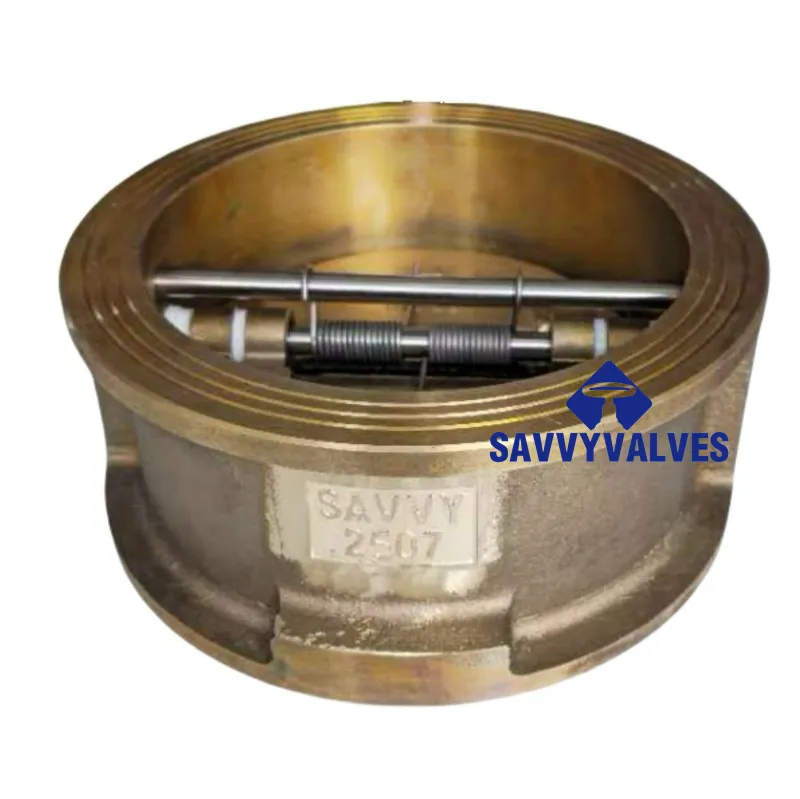
-
Surface Finishing & Seat Lapping:
Critical sealing surfaces, especially for metal-seated valves, undergo lapping and polishing processes to achieve a mirror-like finish. This ensures intimate contact between the disc and body seat, minimizing leakage. For resilient seated valves, careful preparation of the seat area is performed before elastomer insertion. Surface treatments like passivation or specialized coatings may be applied for enhanced corrosion resistance or reduced friction, depending on the application.
-
Assembly:
In a clean assembly environment, trained technicians meticulously assemble the valve components. This includes inserting the discs, pivot pins, and torsion springs into the body. Precise alignment and correct spring tension are crucial for the valve's rapid closure and efficient operation. All fasteners and internal components are checked for proper torque and fit. Specialized tooling is often used to ensure consistent assembly quality.
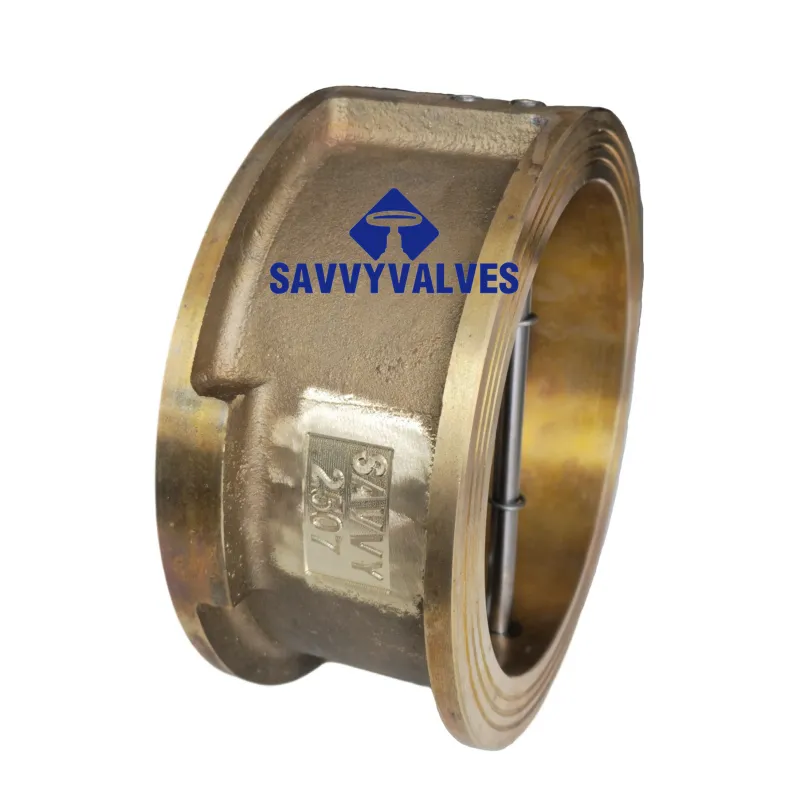
-
Testing & Quality Assurance:
This is a cornerstone of the manufacturing process, ensuring every C95800 dual disc check valve meets or exceeds performance requirements before leaving the facility. Tests are conducted according to API 598, ASME B16.34, or client-specific protocols:
- Hydrostatic Shell Test: The valve body is subjected to a pressure significantly higher than its rated working pressure (e.g., 1.5 times the rated pressure) to confirm structural integrity and detect any leakage through the body castings or welds.
- Hydrostatic Seat Test: Performed with water, this test verifies the integrity of the seating mechanism under pressure, ensuring minimal allowable leakage.
- Pneumatic Seat Test (Optional/Supplementary): For bubble-tight shut-off requirements, an air test at low pressure (e.g., 80 psi) is conducted to ensure zero leakage past the seats.
- Functional Testing: The valve is operated multiple times to confirm smooth disc movement, proper spring return, and overall mechanical functionality.
- Material Traceability: Full material traceability is maintained from raw material to finished product, often with unique serial numbers linked to comprehensive material test reports (MTRs) and inspection certificates (e.g., EN 10204 3.1 or 3.2).
-
Final Inspection, Coating & Packaging:
After successful testing, the valves undergo a final visual inspection for surface finish, markings, and overall appearance. They are then cleaned, often coated with a protective anti-corrosion layer, and carefully packaged to prevent damage during transit. Proper labeling with product specifications, batch numbers, and origin information is applied, adhering to international shipping standards.
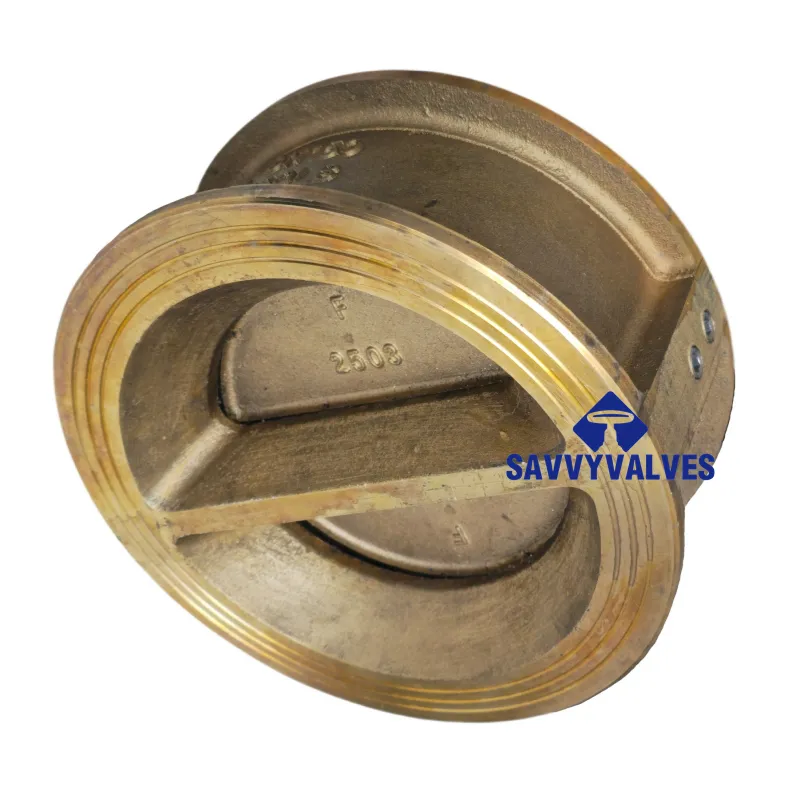
This detailed process, supported by a robust quality management system (e.g., ISO 9001:2015 certified), ensures that each C95800 dual disc check valve from a reputable manufacturer delivers on its promise of durability, efficiency, and reliability.
Unpacking the Advantages: Why Choose a C95800 Dual Disc Check Valve?
The synergy of C95800 material and the dual disc design offers a compelling array of technical advantages that make this valve a preferred choice in challenging industrial environments:
- Exceptional Corrosion Resistance & Longevity: The primary advantage lies in the C95800 alloy's unparalleled resistance to corrosion, particularly in saline and brackish water, but also against a wide range of chemicals. This significantly extends the valve's operational lifespan in highly aggressive media where stainless steel or carbon steel would rapidly corrode, leading to reduced maintenance and replacement costs over the valve's lifecycle. Its resistance to impingement and cavitation erosion further enhances its durability in high-velocity flow conditions.
- Minimized Water Hammer & System Protection: The spring-assisted, rapid-closing action of the dual discs dramatically reduces the potential for water hammer. This phenomenon, if unchecked, can cause significant damage to pipes, pumps, and other system components, leading to costly repairs and downtime. By mitigating these pressure surges, the C95800 dual disc check valve enhances overall system safety and longevity.
- Energy Efficiency Through Low Pressure Drop: The streamlined flow path and compact design of the dual disc valve result in a significantly lower pressure drop compared to traditional globe or swing check valves. A lower pressure drop means less energy is required by pumps to maintain desired flow rates, translating directly into tangible energy savings and reduced operational expenditure over time. This contributes to a greener footprint and improved cost-effectiveness.
- Compact & Lightweight Design: The wafer or lug type body of the C95800 dual disc check valve offers a much shorter face-to-face dimension and lighter weight than conventional flanged check valves. This makes installation easier, reduces structural support requirements for piping, and saves valuable space, particularly in applications where footprint is a critical constraint, such as offshore platforms, marine vessels, or compact processing units.
- Bi-directional Installation Capability: Unlike some other valve types, the dual disc check valve can typically be installed in both horizontal and vertical pipelines (with upward flow), offering greater flexibility in piping system design and layout.
- Reduced Maintenance & Downtime: Due to its robust material and simpler internal mechanism (fewer moving parts than some complex valve types), the C95800 dual disc check valve generally requires less frequent maintenance. Its long service life in harsh environments means less unscheduled downtime for valve replacement or repair, boosting operational continuity and productivity.
Application Scenarios & Industries: Where the C95800 Dual Disc Check Valve Excels
The unique combination of material properties and design advantages positions the C95800 dual disc check valve as an ideal solution across a multitude of demanding industries and specific application scenarios:
-
Marine & Offshore Industry:
This sector is perhaps the most prominent beneficiary. Applications include seawater cooling systems, ballast water treatment, fire protection systems, and bilge lines on ships, oil rigs, and floating production storage and offloading (FPSO) units. The valve’s exceptional resistance to seawater corrosion and biofouling ensures reliable operation and extended service life in these harsh, corrosive environments. For instance, in a large container111 vessel's main seawater cooling circuit, a conventional cast iron or bronze valve might require replacement every 2-3 years due to galvanic corrosion and erosion, whereas a C95800 dual disc check valve can reliably operate for 10+ years, significantly reducing drydocking costs and operational disruptions.
-
Desalination Plants:
Reverse osmosis (RO) and multi-stage flash (MSF) desalination plants handle highly corrosive seawater. The C95800 dual disc check valve is critical in pump discharge lines, brine rejection lines, and various utility services within these plants, preventing backflow of high-pressure corrosive brines. Its durability ensures continuous operation and prevents costly damage to RO membranes or evaporators. A major desalination project in the Middle East reported a 40% reduction in valve-related maintenance costs after switching to C95800 dual disc check valve for critical seawater lines.
-
Power Generation (Coastal & Nuclear):
Coastal power plants utilize vast amounts of seawater for cooling. C95800 dual disc check valves are employed in cooling water intake and discharge systems, raw water pumps, and auxiliary systems. Their resistance to erosion and corrosion from abrasive particles and aggressive water chemistries ensures reliable operation, which is paramount for continuous power supply. In nuclear power plants, these valves are often specified for non-safety-related but critical service water systems due to their high integrity and long-term reliability.
-
Chemical Processing Industry (CPI):
While not universally resistant to all chemicals, C95800 performs exceptionally well with many non-oxidizing acids, specific organic compounds, and various process waters. It's used in handling brine solutions, certain acid slurries, and industrial wastewater treatment where conventional materials fail. For example, in a phosphoric acid production facility, the C95800 dual disc check valve might be chosen for process water lines containing trace corrosive elements where stainless steel is susceptible to pitting.
-
Oil & Gas (Downstream & Offshore):
In refining and petrochemical complexes, these valves are deployed in cooling water circuits, fire water systems, and certain process lines where a compact, corrosion-resistant check valve is needed, especially in coastal refineries or offshore platforms exposed to marine environments. Their light weight and compact design are particularly advantageous on platforms where space and weight are at a premium. They are also NACE MR0175 compliant when required for sour service applications.
-
General Water & Wastewater Treatment:
For municipal water treatment plants and industrial wastewater facilities, the C95800 dual disc check valve offers a robust solution for pump discharge lines, backflow prevention in distribution networks, and various auxiliary services, especially where the water quality might be aggressive or contain high levels of chlorides. The durability and long-term reliability of these valves contribute to overall system efficiency and reduced operational disruptions.
Choosing the Right Partner: Manufacturer Comparison and Trust Factors
Selecting the right manufacturer for C95800 dual disc check valve is as crucial as selecting the valve itself. While direct comparison tables of specific vendors are impractical, evaluating manufacturers based on key trust factors ensures you receive a high-quality, reliable product and superior service. Savvy Valvetech embodies these critical characteristics:
-
Certifications and Compliance:
A reputable manufacturer holds internationally recognized certifications such as ISO 9001 for quality management systems. They must also demonstrate adherence to relevant industry standards like API 6D, API 594, ASME B16.34, and ASTM B148 for material and design specifications. This ensures consistency in quality and compliance with global engineering practices. Our commitment to these standards is unwavering, providing peace of mind to our clients.
-
Material Sourcing and Traceability:
The integrity of a C95800 dual disc check valve begins with its raw material. A trustworthy manufacturer has stringent material procurement processes, sourcing C95800 only from certified foundries and maintaining full material traceability. This includes providing Material Test Reports (MTRs) for every component, ensuring that the chemical composition and mechanical properties meet the specified ASTM standards. This transparency is crucial for high-pressure, critical applications.
-
In-house Testing Capabilities:
Beyond standard hydrostatic and pneumatic tests (API 598), leading manufacturers invest in advanced in-house testing facilities. This may include cryogenic testing, fugitive emission testing (ISO 15848-1), non-destructive examination (NDE) capabilities (UT, RT, MPI, LPI), and performance testing under simulated operational conditions. Comprehensive testing validates product performance, safety, and reliability before shipment.
-
Engineering Expertise and Customization:
The ability to provide tailored solutions sets exceptional manufacturers apart. This includes offering customized end connections, specific pressure classes, unique spring materials for specialized media, or NACE MR0175 compliance for sour service. A strong engineering team can collaborate with clients to design valves perfectly suited for unique application challenges, optimizing performance and cost-efficiency.
-
Experience and Reputation:
Years of experience in the valve industry, particularly with specialized alloys like C95800, signifies deep technical knowledge and a proven track record. Client testimonials, long-term partnerships, and a global presence are strong indicators of a manufacturer's reliability and commitment to customer satisfaction. Our extensive portfolio of successful deployments in harsh environments speaks volumes about our expertise.
-
After-Sales Support and Warranty:
A reliable manufacturer offers comprehensive after-sales support, including installation guidance, troubleshooting, spare parts availability, and robust warranty policies. This ensures that clients receive continuous support throughout the valve's lifecycle, minimizing operational disruptions and protecting their investment. Our dedicated customer support team is always ready to assist.
Tailored Solutions: Customizing Your C95800 Dual Disc Check Valve
While standard configurations of the C95800 dual disc check valve meet many industrial needs, specific applications often demand customized solutions to optimize performance, enhance safety, or integrate seamlessly into existing infrastructure. Reputable manufacturers like Savvy Valvetech excel in providing bespoke engineering to meet these unique requirements:
-
Pressure Class and End Connections:
Beyond standard ANSI Class 150/300, valves can be engineered for higher pressure ratings (e.g., Class 600 or higher) for demanding process conditions. End connections can be precisely machined to suit specific piping standards, including custom flange dimensions, different drilling patterns, or weld-end preparations for specific pipeline integration.
-
Specialized Spring Materials:
While Inconel X-750 is a common choice, applications involving extremely aggressive chemicals or very high temperatures may require springs made from other exotic alloys such as Hastelloy C-276, Monel, or Titanium to ensure corrosion resistance and spring integrity under severe operating conditions.
-
Resilient Seating Options:
For applications requiring absolute bubble-tight shut-off (e.g., gas lines, vacuum service), resilient seat materials like Viton (FKM), EPDM, or NBR can be incorporated. The choice depends on the fluid compatibility, temperature range, and desired sealing performance. Our engineering team can guide you to the optimal material.
-
NACE MR0175 Compliance for Sour Service:
For oil and gas applications involving hydrogen sulfide (H2S), valves must comply with NACE MR0175/ISO 15156 standards to prevent sulfide stress cracking. This involves careful selection of all metallic components' hardness and composition, including body, discs, pins, and springs, to ensure resistance in sour environments.
-
Special Coatings and Linings:
While C95800 is highly resistant, certain abrasive slurries or extremely aggressive chemicals might benefit from internal coatings (e.g., epoxy, PTFE) or specific surface treatments for enhanced wear or chemical resistance.
-
Specific Testing and Documentation:
Beyond standard API 598 testing, clients may require additional non-destructive testing (e.g., full radiographic inspection), low-temperature impact testing, or specific performance testing protocols. Comprehensive documentation, including specific material test reports (MTRs), hydro test certificates, and factory acceptance test (FAT) reports, can be provided as per project requirements.
By offering these customization options, a manufacturer ensures that the C95800 dual disc check valve is not just a component, but a perfectly integrated solution that maximizes operational efficiency and safety for the end-user.
Real-World Impact: Application Cases of C95800 Dual Disc Check Valves
The effectiveness and reliability of the C95800 dual disc check valve are best illustrated through its successful deployment in critical industrial applications. Here are a few representative case studies, showcasing its superior performance:
Case Study 1: Large-Scale Desalination Plant Seawater Intake
Challenge: A major reverse osmosis (RO) desalination plant located on a highly saline coast in the Middle East faced recurring issues with their large-diameter (DN600 / 24-inch) check valves in the raw seawater intake lines. Traditional ductile iron valves with bronze trim were experiencing severe corrosion, biofouling, and erosion due to high-velocity seawater and suspended solids. This led to frequent maintenance, unscheduled shutdowns, and significant operational costs every 18-24 months.
Solution: The plant opted to replace the problematic valves with C95800 dual disc check valves (wafer type, ANSI Class 150) for their superior corrosion resistance and compact design. The inherent properties of C95800, specifically its resistance to aggressive chloride environments and impingement corrosion, were key factors in this decision. The dual disc design also ensured minimal pressure drop, which was crucial for maintaining the efficiency of the high-volume intake pumps.
Outcome: After installation, the C95800 dual disc check valves demonstrated exceptional performance. Inspections after five years showed negligible signs of corrosion or erosion, and the valves continued to operate flawlessly. This upgrade resulted in an estimated 70% reduction in maintenance costs associated with these critical check valves and significantly improved the plant's operational uptime, contributing to a more reliable fresh water supply for millions of residents. The extended service life also reduced the plant's total cost of ownership by an estimated 25% over a decade.
Case Study 2: Offshore Oil Platform Firewater System
Challenge: An offshore oil and gas platform required highly reliable check valves for its crucial firewater deluge system. These valves needed to withstand continuous exposure to highly corrosive seawater, ensure rapid response in emergencies, and operate within the strict weight and space constraints of the platform. Previous stainless steel valves had shown signs of pitting corrosion in welds, compromising system integrity.
Solution: C95800 dual disc check valves (lug type, ANSI Class 300) were selected for their proven resistance to marine environments and their compact, lightweight design. The dual disc mechanism ensured swift closure, preventing backflow into the pumps and maintaining prime for the fire suppression system. All valves were manufactured to NACE MR0175 compliance for any potential sour service exposure in associated piping, providing an added layer of safety assurance.
Outcome: The C95800 dual disc check valves integrated seamlessly into the platform's firewater system. During routine drills and subsequent inspections over six years, the valves consistently performed as expected, demonstrating no signs of corrosion or degradation even under constant seawater exposure. The client reported enhanced system readiness and confidence in their emergency response capabilities, validating the decision to invest in this high-performance alloy.
Case Study 3: Chemical Plant Brine Handling
Challenge: A chemical processing facility dealing with saturated brine solutions and other moderately corrosive process waters needed check valves that could resist the combined effects of corrosion and moderate abrasion. Conventional bronze valves had a short lifespan, requiring frequent replacements every 12-18 months due to erosion-corrosion phenomena.
Solution: The engineering team specified C95800 dual disc check valves for the critical brine recirculation loops (DN200 / 8-inch, ANSI Class 150). The C95800 alloy's superior resistance to brine and its hardness provided excellent protection against both chemical attack and the abrasive nature of suspended solids within the brine. The dual disc design ensured efficient flow and prevented back-mixing of process streams.
Outcome: The installation of C95800 dual disc check valves led to a dramatic improvement in operational reliability. After three years of continuous service, the valves showed minimal wear, extending their operational life by over 150% compared to previous solutions. This translated directly into reduced maintenance downtime, lower replacement costs, and a more stable chemical production process. The client praised the long-term cost savings and enhanced process efficiency achieved.
These case studies underscore the practical benefits and return on investment offered by choosing a meticulously engineered C95800 dual disc check valve for demanding applications.
Frequently Asked Questions (FAQs) About C95800 Dual Disc Check Valves
To further enhance understanding and address common inquiries, here are answers to frequently asked questions regarding the C95800 dual disc check valve:
-
What is C95800 material and why is it used in check valves?
C95800 is a Nickel Aluminum Bronze alloy (UNS C95800, ASTM B148 C95800) known for its exceptional corrosion resistance, particularly to seawater, brackish water, and many industrial chemicals. It also boasts high strength, hardness, and good wear resistance. It is used in check valves because these properties make it ideal for critical applications in marine, offshore, desalination, and chemical industries where aggressive fluids would rapidly degrade conventional materials like stainless steel or carbon steel, ensuring longevity and reliability.
-
What are the main advantages of a dual disc check valve over a swing check valve?
Dual disc check valves offer several key advantages over traditional swing check valves: they are significantly more compact and lightweight, reducing installation space and support requirements; their spring-assisted dual discs enable rapid closure, drastically reducing the potential for water hammer; and they typically exhibit a lower pressure drop, leading to energy savings. They are also less prone to slamming and can be installed in both horizontal and vertical lines with upward flow, offering greater piping design flexibility.
-
What industry standards does a C95800 dual disc check valve typically conform to?
A high-quality C95800 dual disc check valve adheres to numerous industry standards, including: ASTM B148 (for C95800 material specification), API 594 (for dual disc check valve design and dimensions), API 6D (for pipeline valves, especially if used in line pipe systems), ASME B16.5 (for flange dimensions), ASME B16.10 (for face-to-face dimensions), and API 598 (for inspection and testing procedures). Compliance with ISO 9001 for the manufacturer's quality management system is also standard.
-
How is the longevity of a C95800 dual disc check valve ensured during manufacturing?
Longevity is ensured through a multi-faceted approach: rigorous raw material inspection (chemical and mechanical analysis per ASTM B148), precision casting/forging with NDE (Radiographic/Ultrasonic Testing) to eliminate internal flaws, accurate CNC machining to tight tolerances, meticulous assembly, and comprehensive quality control testing, including hydrostatic shell and seat tests (API 598). Full material traceability and adherence to design standards further guarantee the valve's long-term performance.
-
In which industries is the C95800 dual disc check valve most commonly applied?
The C95800 dual disc check valve is most commonly applied in industries dealing with corrosive fluids, particularly seawater and brackish water. This includes the Marine & Offshore industry (shipbuilding, oil platforms, FPSOs), Desalination plants, Coastal Power Generation facilities (cooling water systems), and certain segments of the Chemical Processing Industry. It is also used in demanding water and wastewater treatment applications.
-
Can the C95800 dual disc check valve be customized for specific applications?
Yes, reputable manufacturers offer extensive customization options. This includes varying pressure classes, specific end connections (e.g., custom flange drilling), specialized spring materials (e.g., Hastelloy, Monel for extreme corrosives), resilient seat options for bubble-tight shut-off, NACE MR0175 compliance for sour service, and additional non-destructive testing or special coatings as required by the project specifications.
-
What is the typical delivery timeframe and warranty for these valves?
Delivery timeframes for C95800 dual disc check valves can vary depending on size, quantity, customization requirements, and current production schedules, typically ranging from 4-12 weeks for standard configurations. For highly customized or large orders, it might be longer. Most reputable manufacturers offer a standard warranty, usually 12-18 months from installation or shipment, covering defects in material and workmanship. It is always recommended to confirm specific lead times and warranty terms with the supplier at the time of inquiry.
Conclusion: The Definitive Choice for Demanding Applications
The C95800 dual disc check valve stands as a testament to advanced material science and ingenious engineering design, offering an unparalleled combination of corrosion resistance, mechanical strength, and operational efficiency. Its strategic application in the most challenging industrial environments—from the relentless salinity of marine operations and desalination to the aggressive chemistries of process plants—underscores its critical role in ensuring system integrity and minimizing costly downtime.
By leveraging the exceptional properties of C95800 alloy and the inherent advantages of the dual disc mechanism, this valve delivers significant benefits, including superior longevity, reduced water hammer, and enhanced energy efficiency. For industries where reliability cannot be compromised and lifecycle costs are paramount, the C95800 dual disc check valve represents a sound, long-term investment. Choosing a manufacturer that prioritizes material traceability, rigorous testing, and comprehensive engineering support further ensures that every valve delivers optimal performance and unparalleled value. As global industries continue to push the boundaries of operational intensity, the demand for such robust and high-performing valve solutions will only continue to grow, solidifying the C95800 dual disc check valve's position as a cornerstone of modern fluid control.
References:
- Valve World Magazine. (Ongoing). https://www.valve-world.net/ (Provides insights into valve technology, material science, and industry trends.)
- API (American Petroleum Institute) Standards. (Ongoing). https://www.api.org/ (Official source for API standards like API 594, API 598, API 6D).
- ASTM International. (Ongoing). https://www.astm.org/ (Source for material specifications like ASTM B148).

